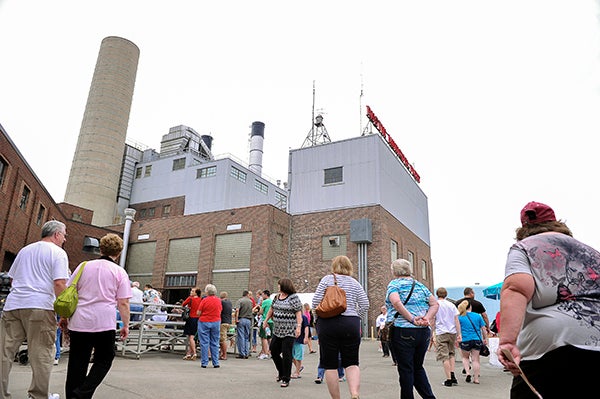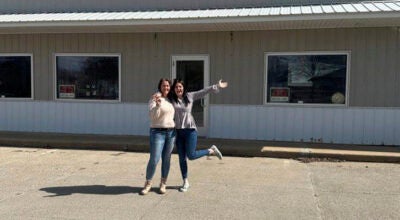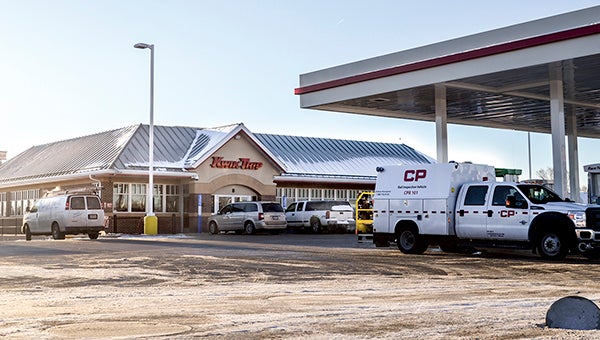Ideas power ahead for plant; Vision 2020 plans for utilities building could include rec center
Published 10:28 am Tuesday, March 25, 2014

People mill about outside the downtown power plant during the 2012 Austin ArtWorks Festival. With Austin Utilities is moving ahead on a $15-$20 million new facility, Vision 2020 continues to discuss plans for the plant property. — Herald file photo
Austin Utilities may move forward with a new central administration facility, but what will happen to the company’s downtown plant?
Vision 2020 may have the answers, from residential space to a potential site for a community recreation center.
“It’s such a central property — geographically central — and it’s also central to our history,” said Laura Helle, Vision 2020’s Director of Vision Creation. “It’s really important and we want to be able to use it to the maximum of our ability.”
Volunteers for one of the 10 Vision 2020 committees still have eyes for the downtown plant, which the utilities company may look to sell if it finishes a $15-$20 million new facility to house its various administrative offices and equipment.
The Vision 2020 Utilities Building Committee was formed with the idea to convert the old plant into a community space, as Austin Utilities began to decommission the downtown plant in 2011. Vision 2020 volunteers have drawn up several plans for the space, from a completely commercial space along an eventual “Austin Art Row” to another idea to create residential units on the second and third floor of the plant, with commercial storefronts and an art gallery on the first floor.
Yet Vision 2020 could do something altogether different. Vision 2020’s Community Recreation Center volunteers have suggested the plant become a potential site for a fieldhouse or an aquatics center, which would involve expanding the plant building if done.
“If in fact that worked out, that would be an exciting project and use of the building,” said Bonnie Rietz, co-chairwoman of the utilities building committee.
The first two Austin ArtWorks Festivals have been held at the plant, but leaders have discussed a new location should Vision 2020’s plans move forward.
The rec center idea, along with the mixed residential/commercial concept, are far from certain as volunteers from both committees may find other uses for the building. But Rietz said she and other volunteers would have no problem turning over the building to the rec center committee.
Helle said rec center volunteers have hired an architect to help find potential sites around Austin and create conceptual drawings of what a community rec center could look like.
A 2013 survey found 58 percent of Austin and nearby residents would either definitely, probably or maybe join a new YMCA/rec center, 90 percent of current members would continue at an upgraded facility, and 41 percent of residents who wouldn’t join the Y would at some point use a pay-per-use portion of the rec center.
The $54,000 study used in-depth phone interviews with 21 “influential community members,” a focus group of Hispanic families and parents with young children, and surveys with 100 current Austin YMCA members, 350 Austin residents and 50 Mower County residents near Austin.
It was accurate within plus or minus 10 percentage points for YMCA members and plus or minus 5 percentage points for residents, and assumed a Y membership would be $45 monthly for individuals and $65 for families.





